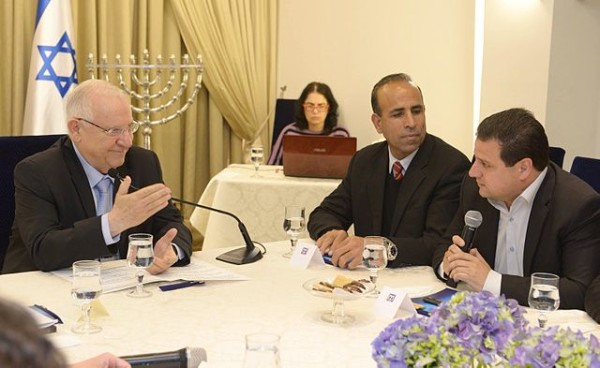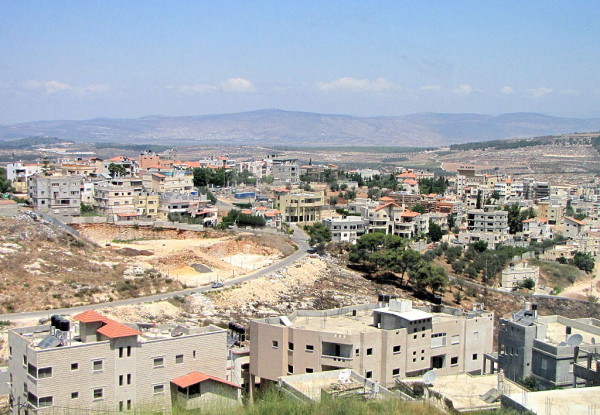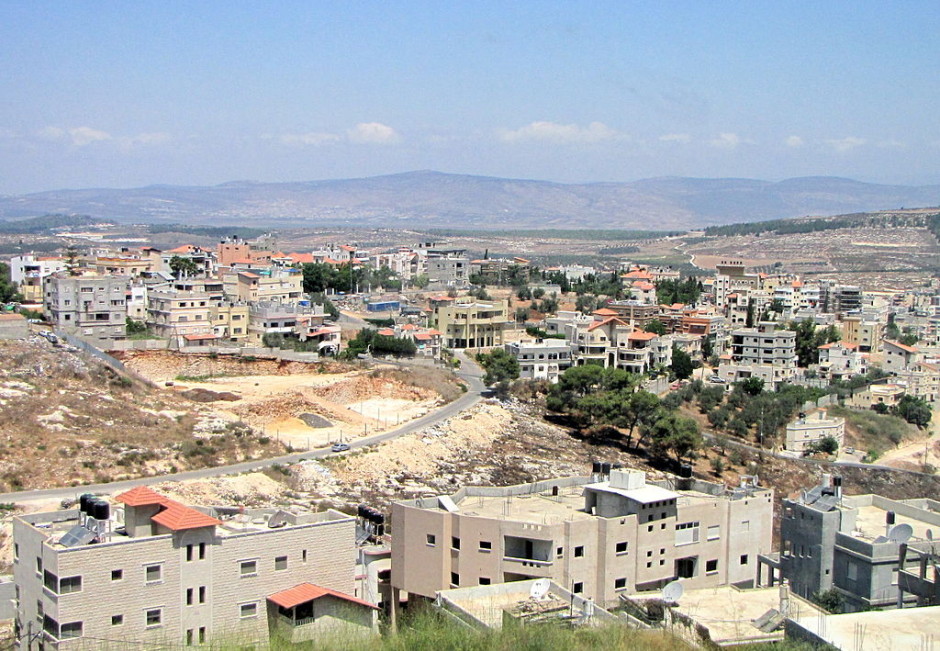During the waning hours of 2015, the Israeli government made one of its most important decisions of the year, belatedly approving an ambitious development plan to close the lamentable and inexcusable economic gap between Jews and Arabs in Israel.
It was long overdue, to say the least.
If fully implemented, the five-year plan will upgrade the status of a large minority that has been overlooked and neglected in terms of budgetary allocations. Unveiled on December 30, the $3.8 billion plan is designed to improve housing, education and public transportation in Israel’s Druze and Arab sectors.

Announced by Prime Minister Benjamin Netanyahu, Finance Minister Moshe Kahlon and Social Equality Minister Gila Gamliel, it represents a bold attempt to bring a measure of justice to the nearly two million Druze and Palestinian Muslim and Christian Arab citizens of Israel, who comprise about 20 percent of its population.
Israel has finally recognized that a community of this size and importance can only be ignored and marginalized at its peril.
Correctly calling the plan “an unprecedented confidence-building measure,” Israeli President Reuven Rivlin described it as a “turning point” in Israel’s relations with Israeli Arabs.
Let’s hope he’s right.
Gamliel, claiming the plan is “a historic step on the way to advancing social equality,” predicted it will change “allocation mechanisms in government ministries” so that Arab communities receive their fair share of the state budget.

The leader of the 13-member Joint (Arab) List in the Knesset, Ayman Odeh, applauded the plan but warned that much remains to be done. This is true. Israeli Arab villages and towns need an infusion of industry to reduce unemployment, which is significantly higher in the Arab sector. Israeli Arabs are grossly underrepresented in the civil service and in high-tech companies.
Israel’s plan comes 12 years after the Orr Commission released its findings on the ills that bedevil the Israeli Arab community.
The commission, established shortly after 12 Israeli Arabs and one Israeli Jew were killed in nation-wide rioting in October 2000, accused the government of showing insufficient “sensitivity to the needs of the Arab population” and of failing to channel resources in an equal manner “to create equality for its Arab citizens.”
It concluded by saying that Israel must “initiate, develop and operate programs emphasizing budgets that will close gaps in education, housing, industrial development, employment and services” in Druze and Arab towns and villages.
After the the release of the damning report, the government announced initiatives in line with the commission’s recommendations, but they fell short.
Recognizing that Israel’s Arab citizens have yet to be fully integrated into Israeli Jewish society, Rivlin weighed in on the issue. Last February, he said: “A huge gap has grown over the years between two societies that live next to each other and with each other, and yet we are blind to each other.”
To paraphrase the Canadian novelist Hugh MacLennan, Israeli Jews and Israeli Arabs live in separate and unequal solitudes.
Last May, Netanyahu took note of this disparity. In a meeting with Odeh, he disclosed he had established a committee to draft a plan for Arab socio-economic development. It would appear that Netanyahu initiated the meeting to bring about reconciliation with Israeli Arabs after scandalously claiming in an incendiary election campaign speech that Arab voters were “voting in droves.”
The perception that they’re second-class citizens in their own country understandably rankles Israeli Arabs, some of whom have turned to violence to vent their frustrations.

Last October, an Israeli Bedouin carried out a deadly attack in Beersheba’s bus station, killing 19-year-old soldier Omri Levi. Several days later, Israeli Arab demonstrators took to the streets in Ramle, Nazareth and Haifa to protest Israel’s occupation of the West Bank.
On January 1, an Israeli Arab from Wadi Ara who seems to have come under the influence of Islamists ran amok in central Tel Aviv, killing two Israelis and severely wounding two others.
It’s abundantly clear that a disquieting number of Israeli Arabs are disaffected and alienated. The plan to invest almost $4 billion in their communities may alleviate some of their justifiable concerns and grievances and ultimately enable them to take their rightful place in Israeli society.
